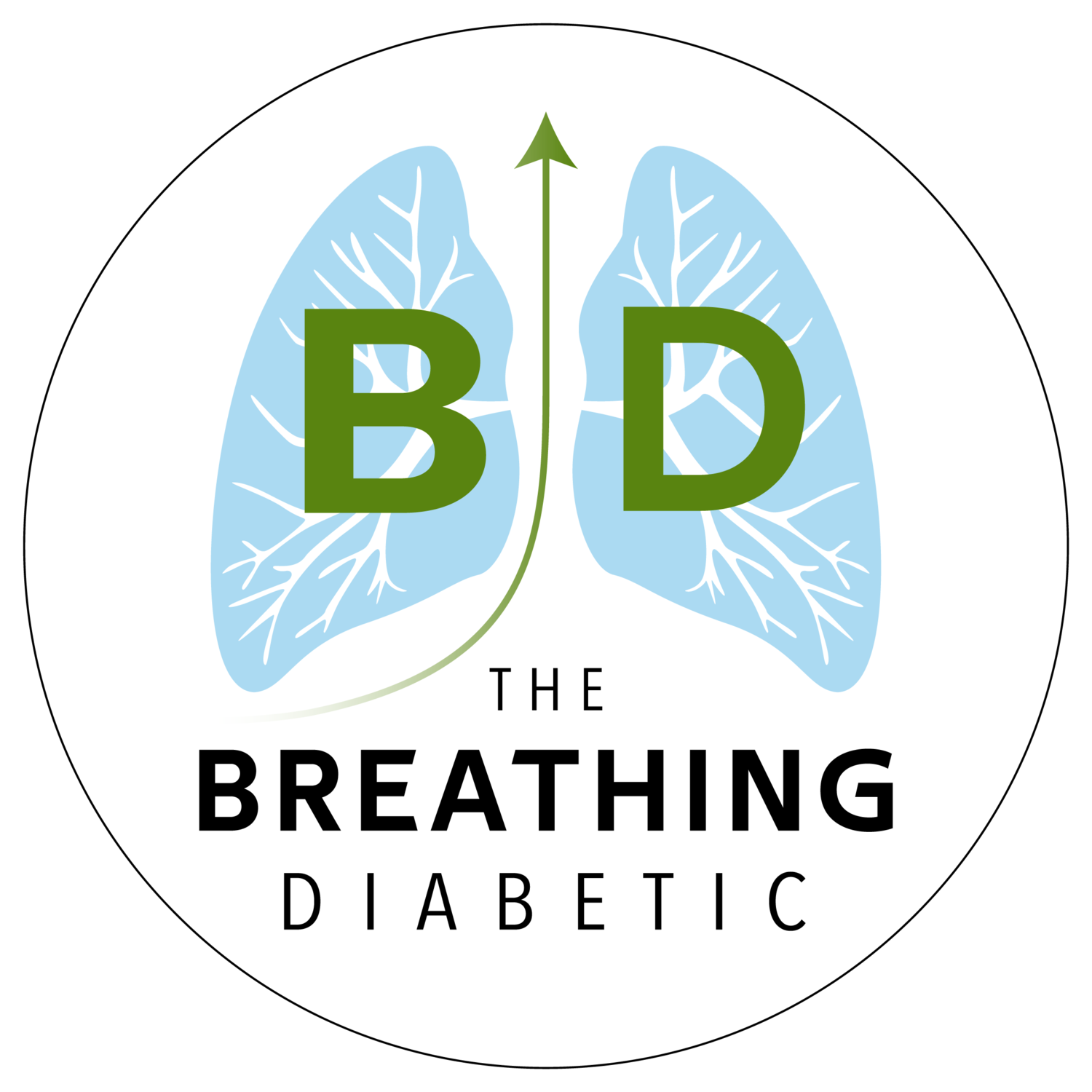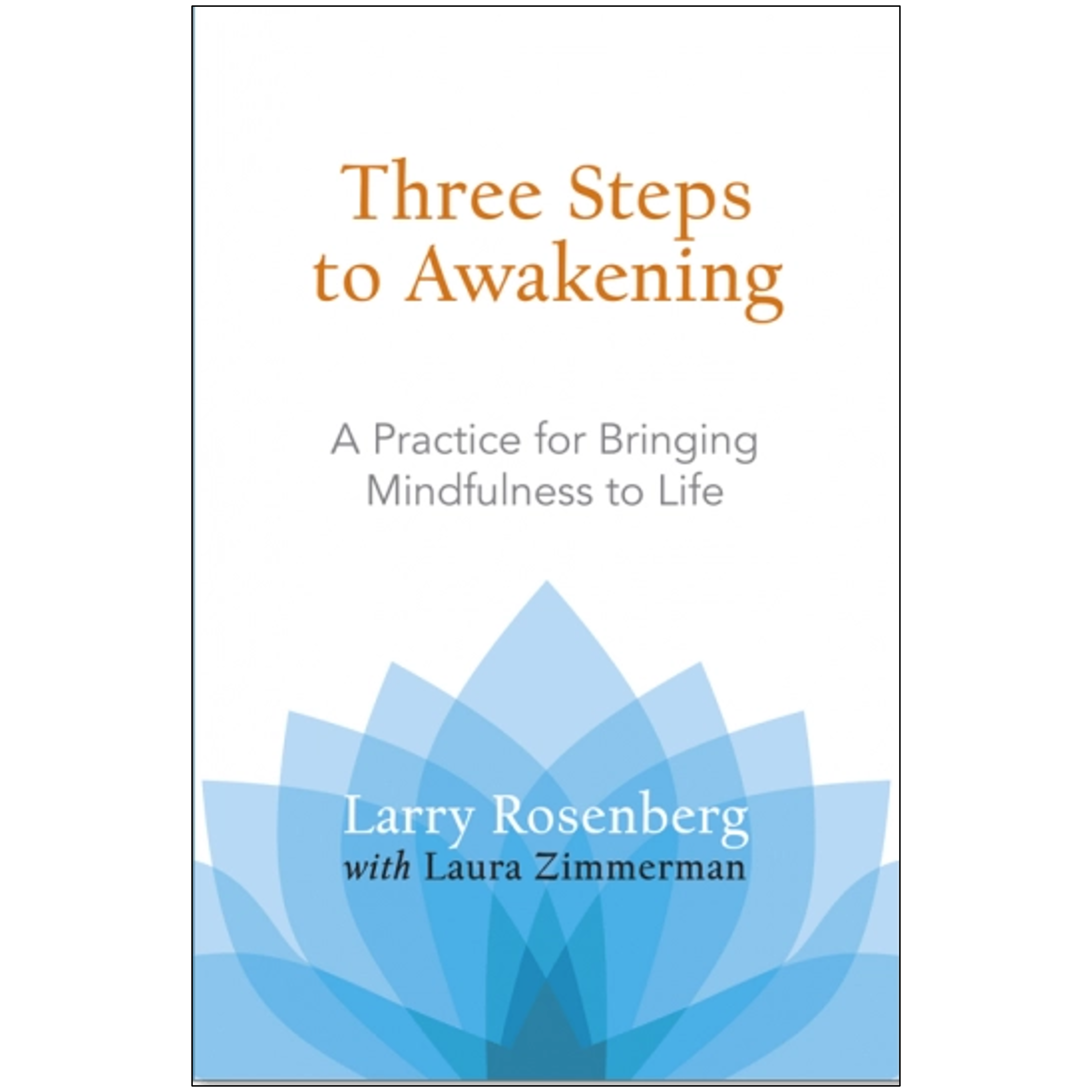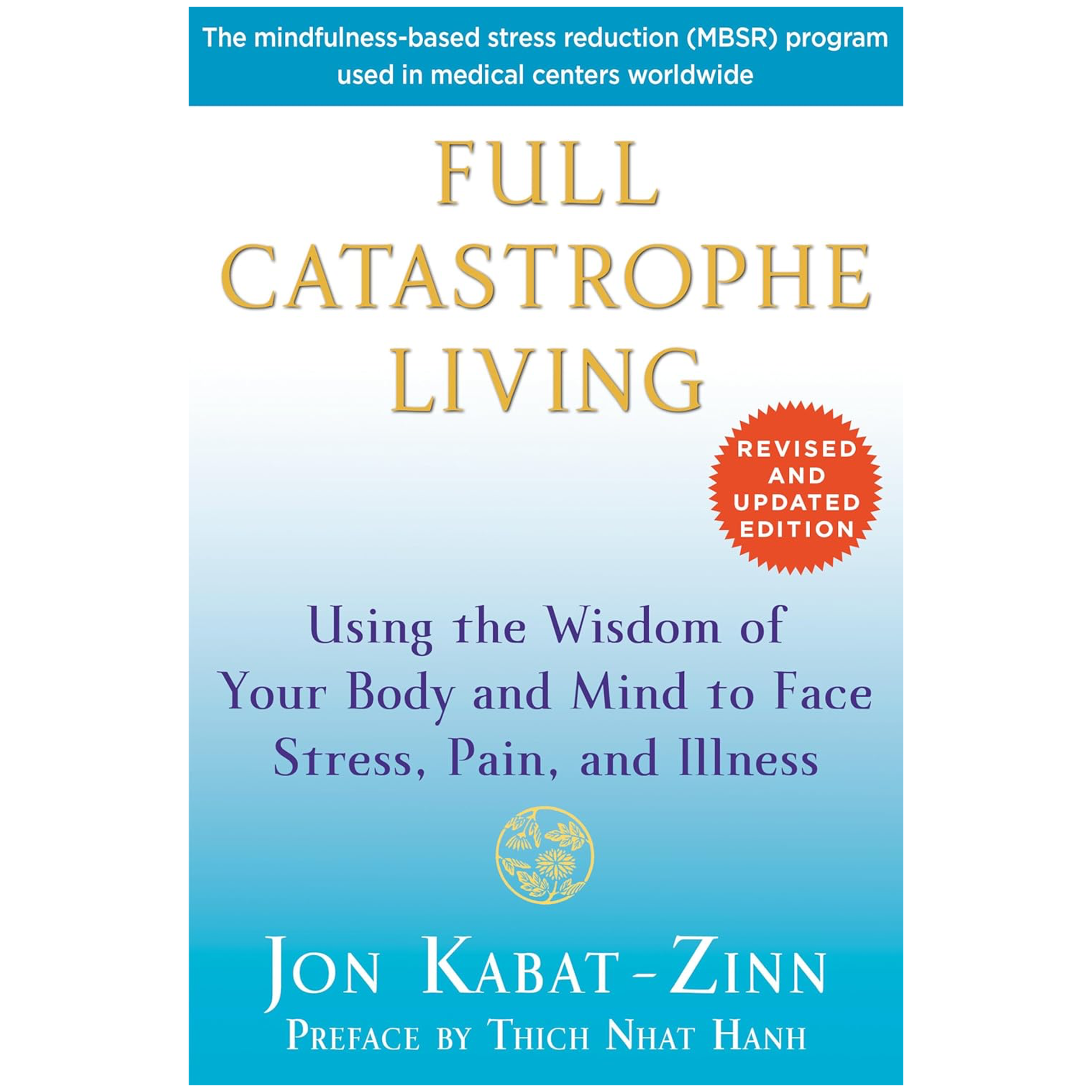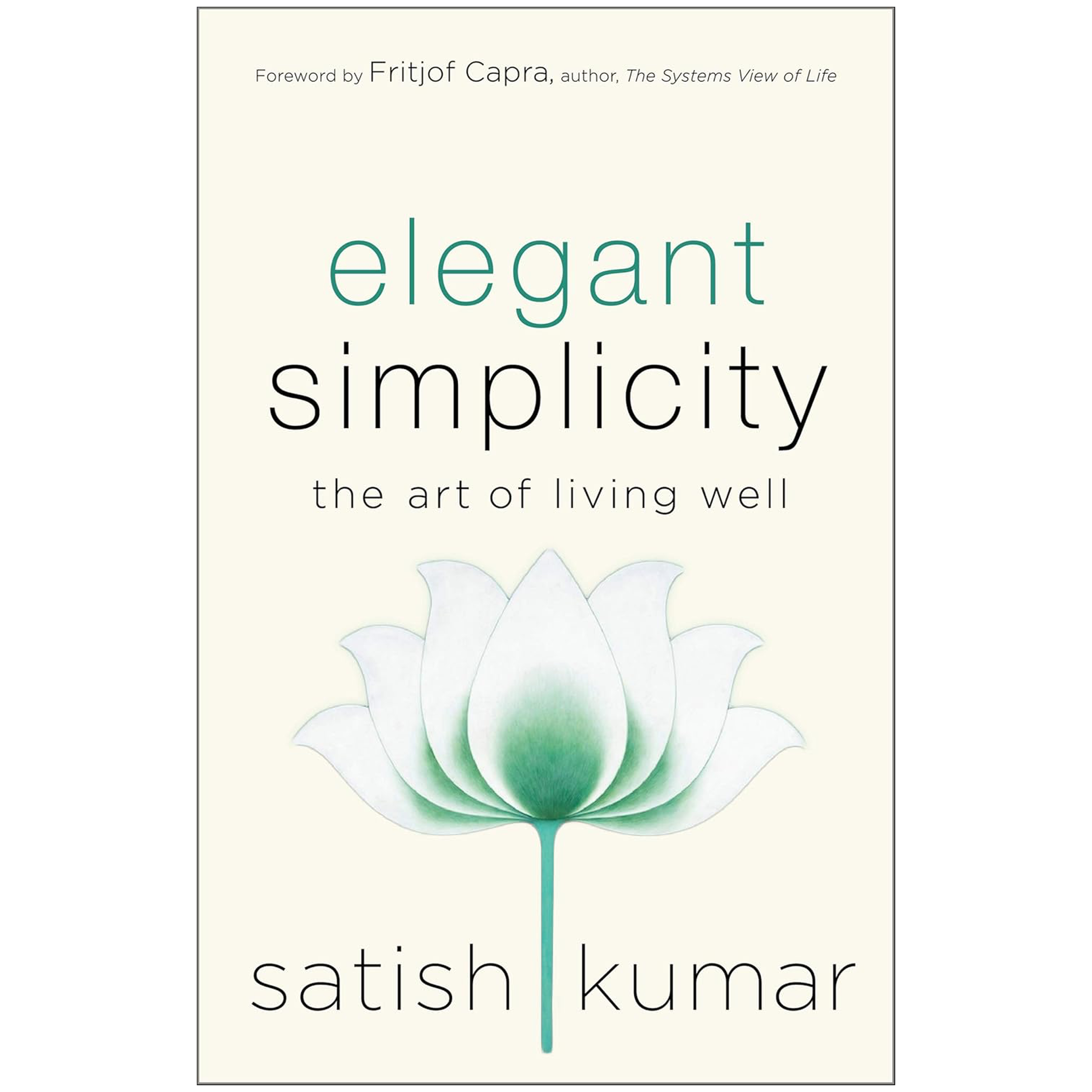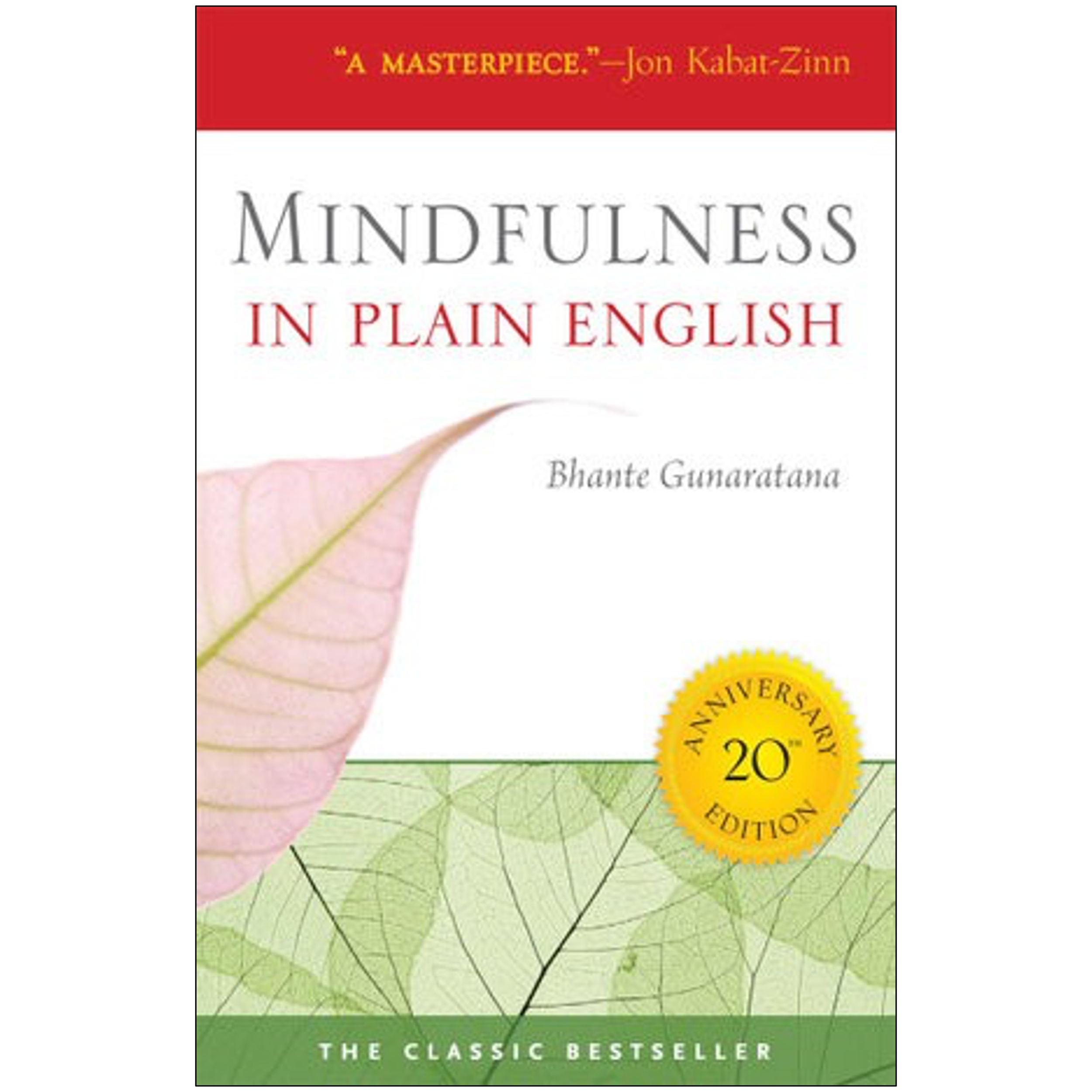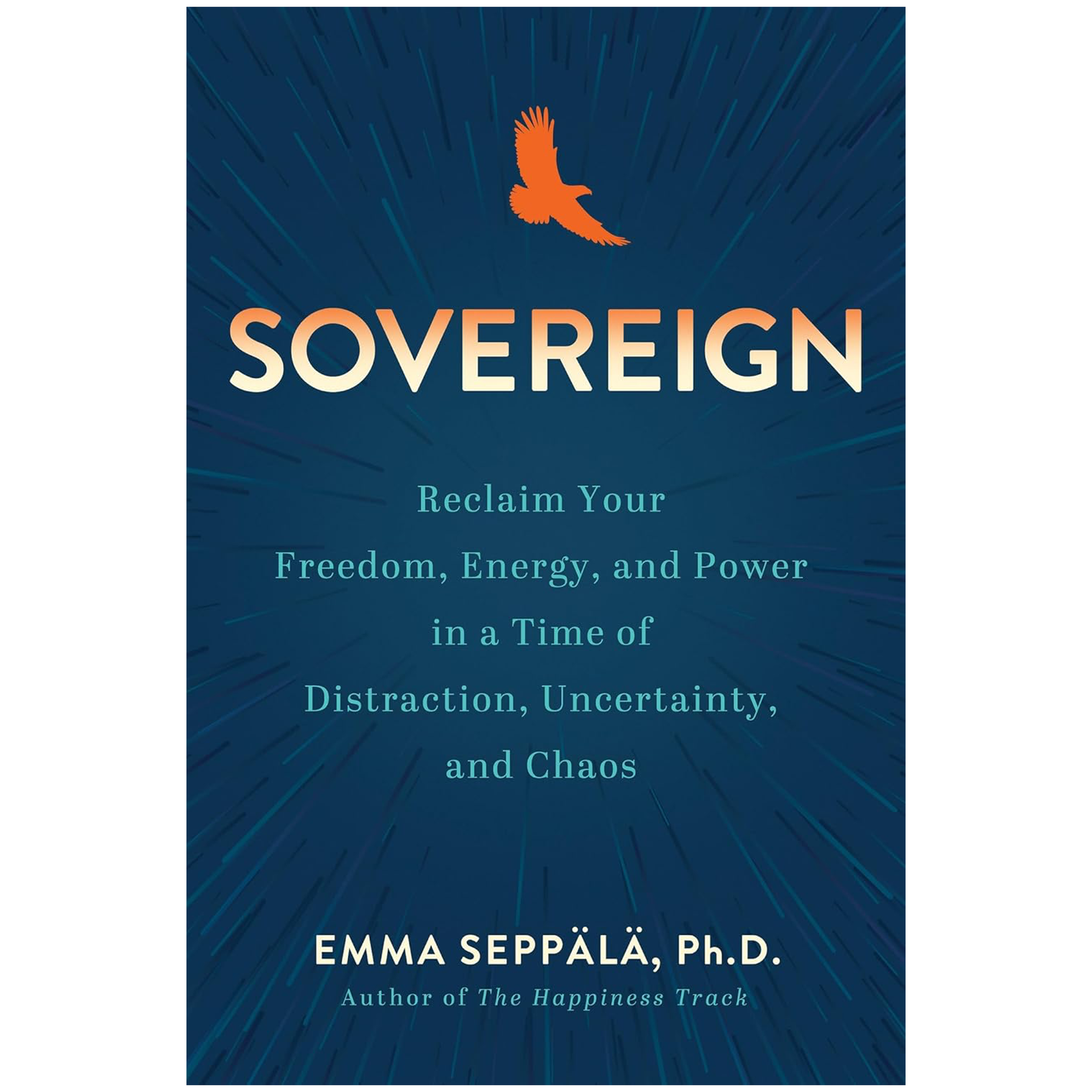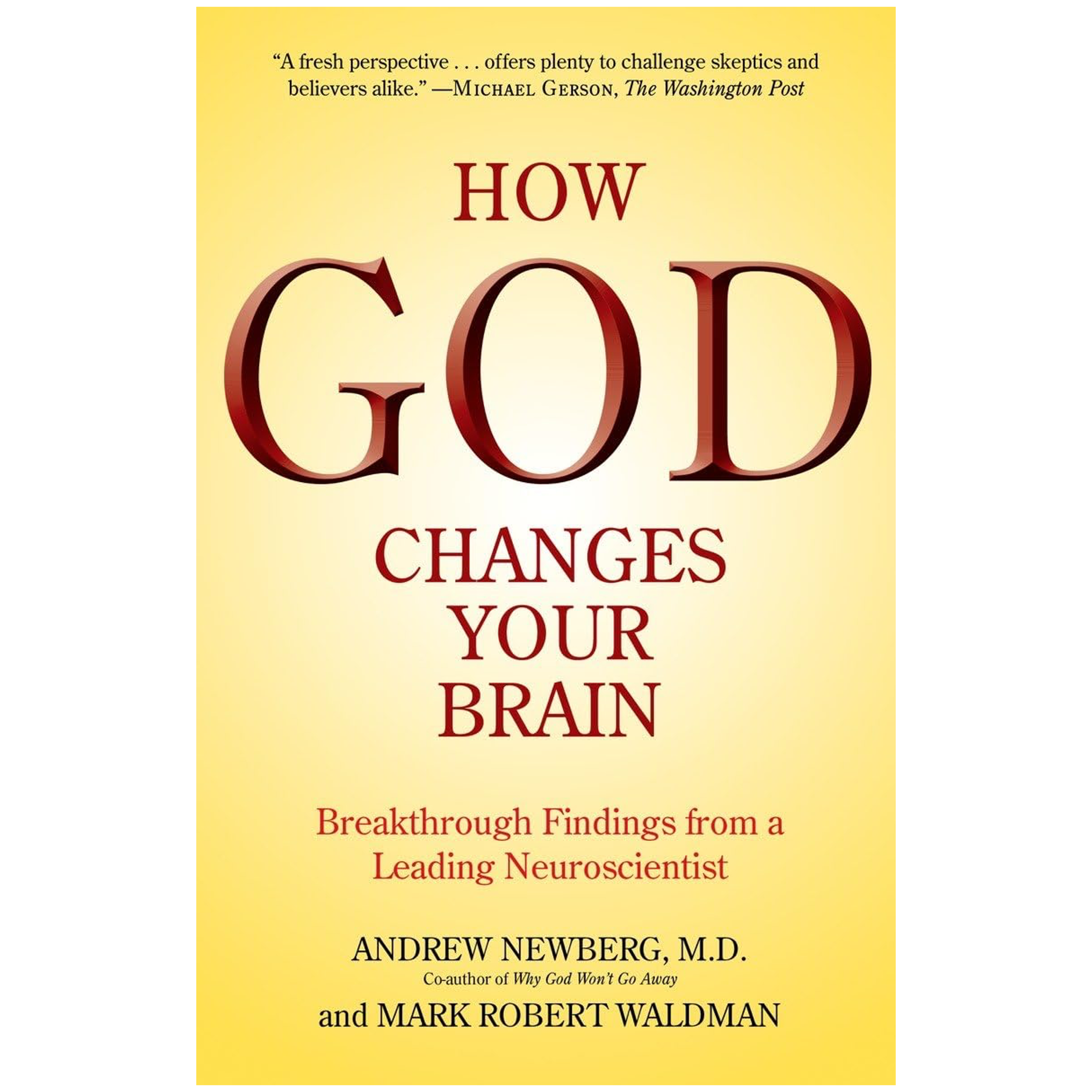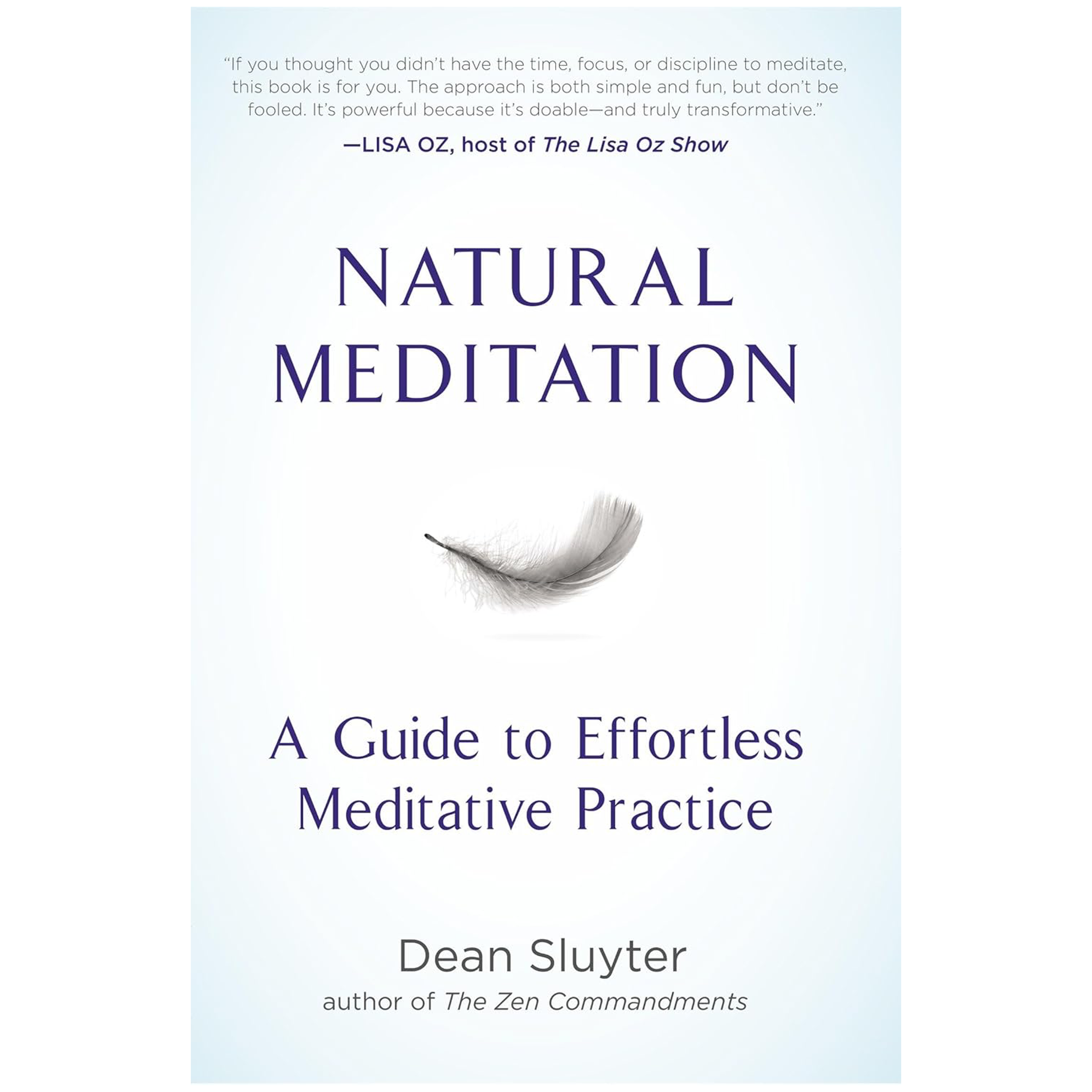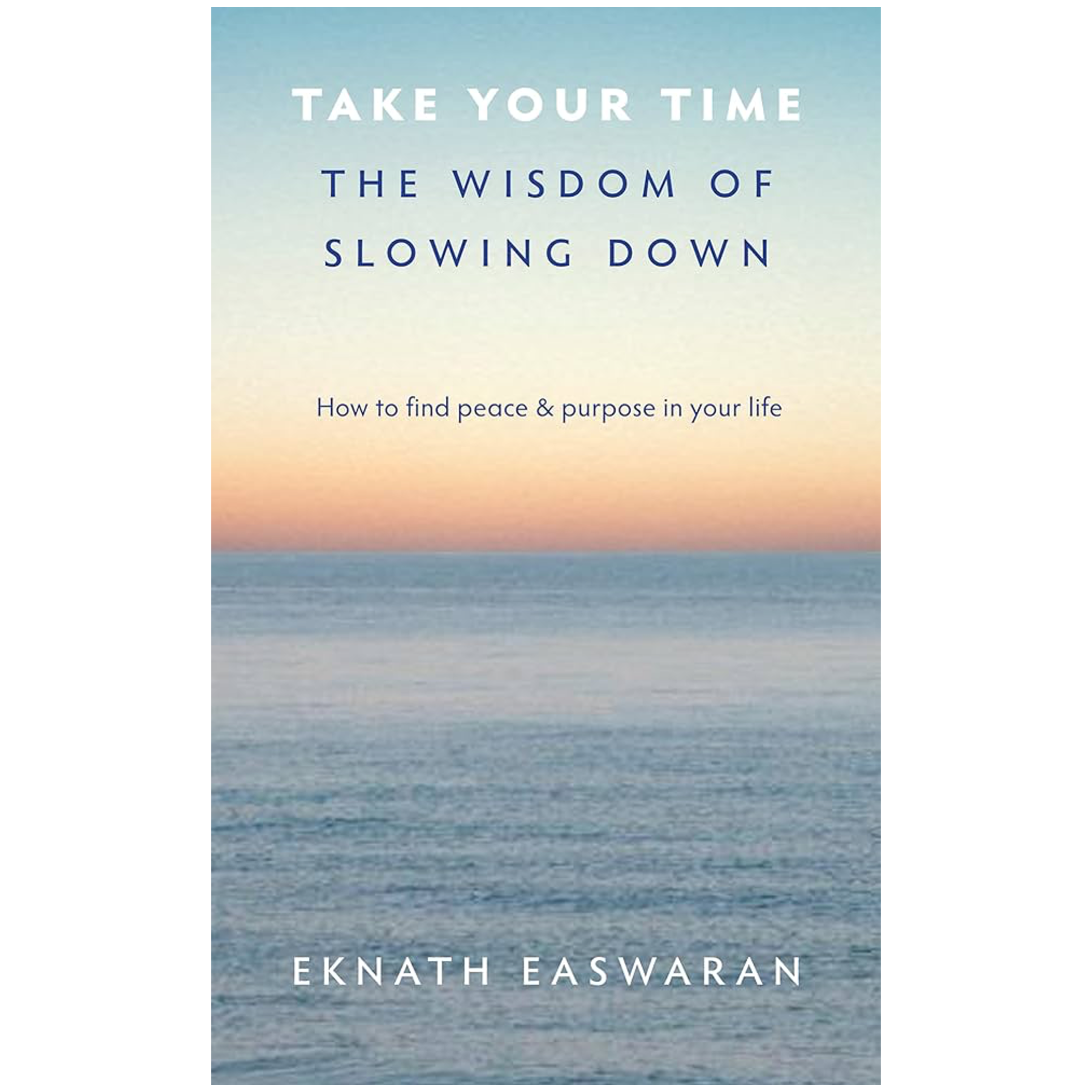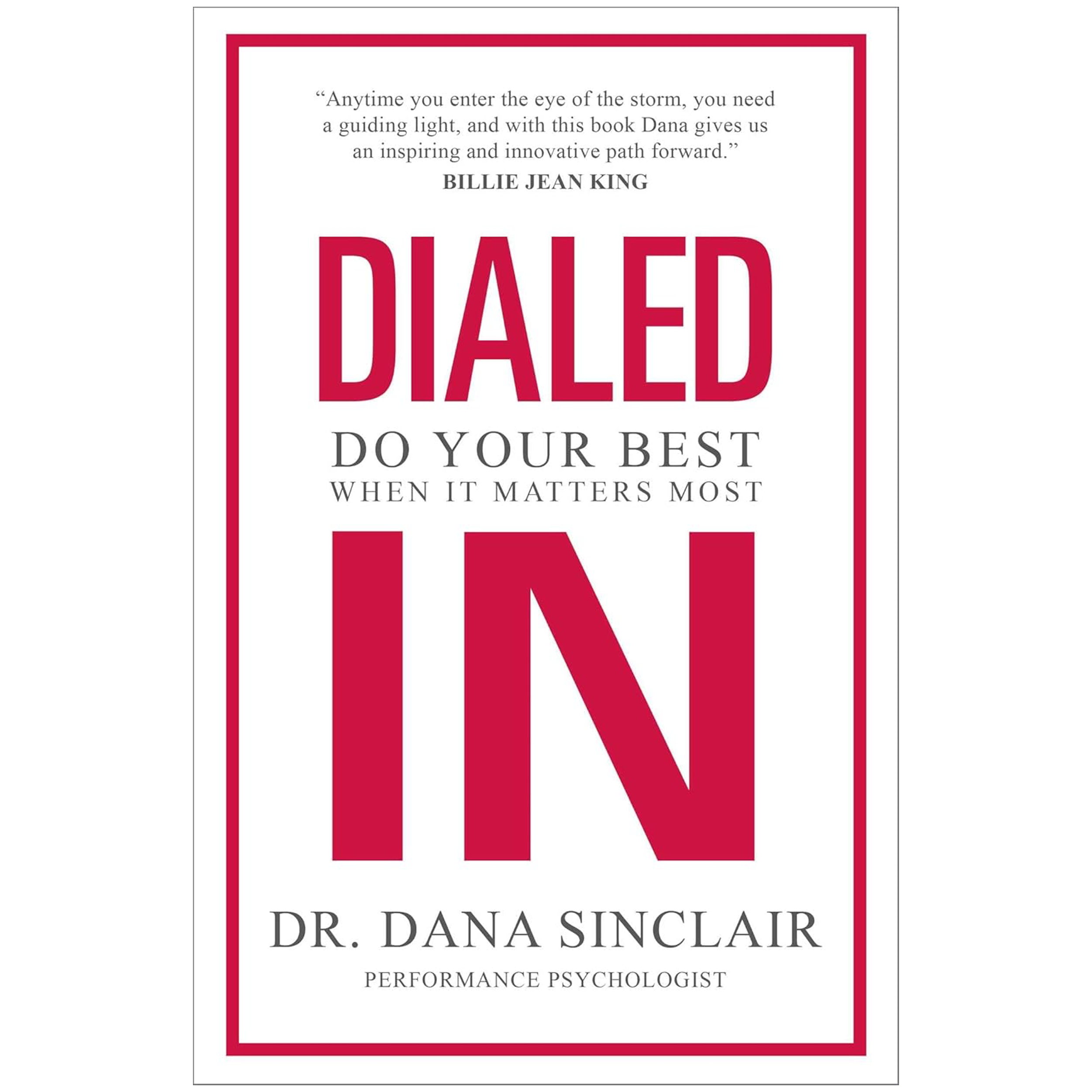Reading Time: 1 min 37 sec
I hope the next 19-ish breaths are the most nourishing of your day.
4 THOUGHTS
1. Humming to Reduce the Stress Response
“We ask that you stop for a moment and think about the importance of this therapeutic aspect of humming. The bottom line is that humming can reduce your heart rate and lower your blood pressure. Essentially, it can reduce your stress response. And that includes reducing all those nasty hormones associated with stress, such as cortisol.”
- Jonathan Goldman & Andi Goldman,
The Humming Effect
That’s definitely worth stopping to think about…and to practice.
2. What is Meditation Good For? (Hint: Everything)
“Because meditation elevates your base level of concentration power and because concentration power facilitates all human endeavors, the question “what's meditation good for?" has a simple answer: meditation is good for everything…Is meditation really that valuable? Yes it is, because a person's base level of concentration is, in a sense, the most valuable thing that they have.”
- Shinzen Young, The Science of Enlightenment
A helpful reminder that, because it enhances our base level of concentration, meditation can help us in essentially every aspect of life.
3. How to Reduce Your Chances of Negative Emotions
“In view of the close association between respiration, ANS activity, and emotions presented, it is apparent that individuals possess the ability to alter emotional states using the voluntary control of breathing and mindset.”
- Jerath et al. (2015),
Appl. Psychophysiol. Biofeedback.
This paper had a compelling finding: slow, deep breathing may reduce the body’s physiological capacity to experience negative emotions. Pretty neat stuff.
4. Finding Where Life Flows From
“Go into yourself and see how deep the place is from which your life flows.”
– Rainer Maria Rilke
Whether we’re doing a 10-minute meditation, a 100-mile run, or just taking 1 conscious breath, this is what all contemplative and physical activities have in common: We’re simply going into ourselves to see how deep the place is from which our life flows.
1 Quote
““You didn’t come into this world. You came out of it, like a wave from the ocean. You are not a stranger here.””
1 GOOD BOOK
Blue Mind by Wallace J Nichols
While this one isn’t about breathing or meditation per se, it’s an excellent book on the power of water (and nature more broadly) to help us naturally cultivate mindfulness. As a surfer and someone who loves the ocean, it’s one of my all-time favorites.
In good breath,
Nick Heath, T1D, PhD
“Breathing is the compound interest of health & wellness.”
Treat Yourself to Less Stress & Better Breathing
The Breathing App for Diabetes is FREE Until Jan. 1
This is the first program specifically made for people with diabetes to help manage their stress through breathing and mindfulness practices. In addition to the amazing program inside the app, we have some really neat things coming up, so sign up now!
Amazon Associate Disclosure
I’ve been recommending books for almost 6 years. Yet somehow, I just discovered that I could be an Amazon affiliate [face-palm]. In any case better late than never. Now, any Amazon link you click is an affiliate link. As an Amazon Associate, I earn from qualifying purchases. So, if you’d like to support my work, buying books through these links is helpful : )
* An asterisk by a quote indicates that I listened to this book on Audible. Therefore, the quotation might not be correct, but is my best attempt at reproducing the punctuation based on the narrator’s pace, tone, and pauses.
